
Our talented gardening expert, Mark Lane, shares his top tips for creating a sensory garden, stimulating all five senses while improving the accessibility of your outdoor space.
I think that any outdoor space can be a sensory garden, but there are a few things you can do to create the perfect sensory garden for you and your loved ones to enjoy.
We all know about sight (visual), smell (olfactory), hearing (auditory), taste (gustatory) and touch (tactile), but there are also vestibular (movement and balance) and proprioception (body awareness), all of which can easily be incorporated into a sensory garden (designed to stimulate all of our senses). Unfortunately, our senses dull in later life, but we can help stimulate our body and mind in the garden. Here’s how you can design and create your own sensory garden space at home.
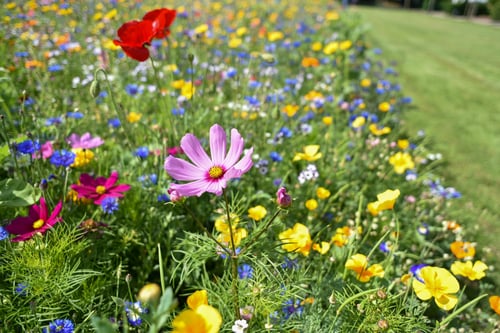
Plant colourful flowers for sight
Introducing colour into the garden will help with different elements like visual appeal, texture, shape and form. Select mounds and spires when putting planting together. Use hot colours, such as red, orange and bright yellow, to lift your mood, or opt for more fabulous shades like blue, pink, soft yellow and white to calm and relax you. With the loss of eyesight, brighter colours might need to be considered, or contrasting colours used to define spaces, edges, or overhanging plants.

Grow fragrant blooms for smell
Adding some fragrant plants to the garden will help with the smell. Don't overdo it, though. For partially-sighted and blind individuals, the smell is a powerful sense for a big or small sensory garden. Use it as a marker throughout the garden; for example, a sweetly-scented honeysuckle by the back door will tell you that you are at the back of the house (this will need a sunny spot and shelter from winds to thrive), while strongly-scented jasmine or rose at the back of the garden will inform your location in the garden. Try and select scented flowers with either similar or contrasting scents and avoid having them come out all simultaneously.
Spring-flowering fragrant plants (Daphne spp) will be replaced by summer-flowering scented plants (Lathyrus spp), which in turn will be replenished by autumn- and winter-flowering aromatic plants (Viburnum spp). Smell is one of the important senses that can also help with memory loss and dementia. Childhood memories or certain scents can help spark the neurons in the brain. The aroma of rosemary can lower the stress hormone cortisol in your blood, enhance memory quality, and increase mental alertness. Rosemary properties can even prevent and slow Alzheimer's.

Play with wind or water for sound
When it comes to sound in sensory gardens, there are many ways you can introduce this. Ornamental grasses, bamboos and open-structured trees sound amazing, rustling in the wind, while water features will be auditory from all garden areas. Choose a gently trickling water feature for a zen, calming space or a gushing spout for an energised space. Wind chimes can also add sound to the garden, while hidden outdoor speakers can play music, even birdsong. By creating a sustainable and biodiverse garden, you will also attract musical wildlife, from the buzzing of pollinators to birdsong.
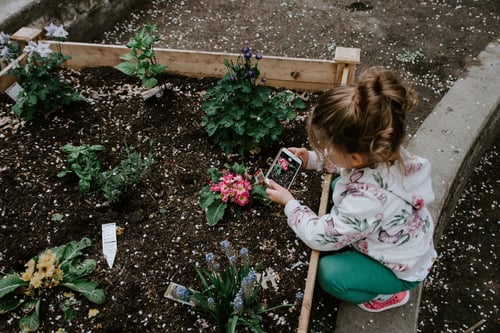
Herbs and vegetable patches to enhance taste
Herbs, vegetables, and fruit will entice the taste buds. Use herbs close to seating areas or by the back door for ease, like curry plant (Helichrysum italicum), lavender, oregano, rosemary or sage. Alpine strawberries can be used as groundcover in sensory gardens. Not only will they flower, but they will also produce sweet fruit and keep the weeds down. Adding a vegetable patch or creating espaliered fruit trees up walls and fences will make a feast for the eyes and the stomach.
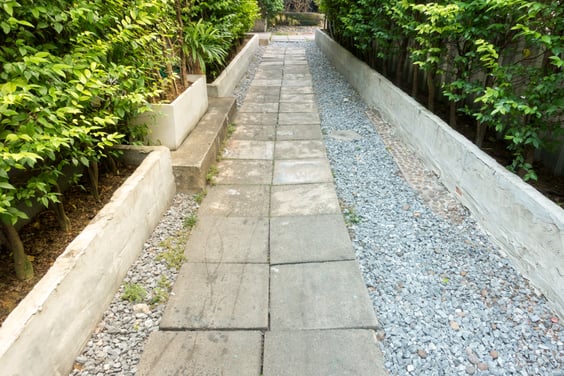
Build textured surfaces for touch
Texture in a garden is so important, from hard landscaping to soft landscaping. Think about the materials you want to use on pathways to create different textured path surfaces. Gravel will crunch underfoot, exciting the auditory senses while visually contrasting with turf and planting. Natural stone will be smooth to walk and sit on, while wooden structures will be warm and can be left smooth or rough. Metal in the sensory gardens will be cooler to the touch, especially in winter, so think about handrails and material choice right from the start. When used against different textures in the border, textured foliage will make you want to caress them. They will feel wonderful through your fingertips but will also look great.
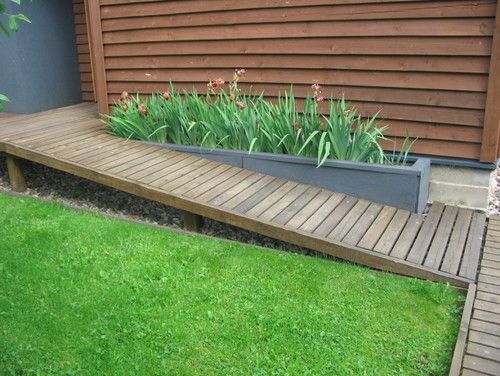
Create accessible and relaxing pathways
Think about installing firm, stable wide pathways, turning circles and patios/decks in the sensory gardens. It's beneficial to add raised beds to ease gardening and prevent falls. With the loss of any sense, it can become very easy to trip or slip, so ensure surfaces have a good grip. Ensure your sensory garden is inclusive by positioning its elements at an accessible height for wheelchair users. Add a raised edge to pathways so feet, wheels and canes don't end up in flower beds. Illuminate pathways, introduce handrails to steps and different coloured edges to the treads, ramps and overhangs. Seats should be a mix of built-in and stand-alone. Ensure there are strong arms to push up from, or the benches are secure and stable and will not wobble when you get up. Texture plays a big part with these senses, so really think about how you want areas of the garden to feel when touched, walked on or wheeled over. Will overhanging sensory plants get in the way, or will you be able to move them to one side without losing your balance and/or tripping?
Gardens should be safe and secure places where you feel relaxed and protected. By thinking about these key senses and breaking down the garden into manageable areas, you can tackle each area individually, and you will create a space that you and the wildlife can enjoy for many years to come, keeping all the senses active.
Stay up to date
Latest Blogs

Whole Home Comfort with Stannah and HSL

Dame Zandra Rhodes x Stannah: When accessibility meets style
Could more people benefit from home adaptation support for hidden disabilities?
50 years of Stannah Stairlifts – A milestone grounded in purpose
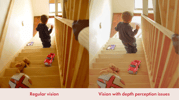
BBC’s Dr Punam Krishan reveals a little-known Parkinson’s symptom to watch for...

Are you at risk of falling? Dr. Punam Krishan’s simple 12-second test could tell you...

Snore Wars: Could sleeping separately be the secret to a better night’s rest?

Proud to carry the Made in Britain mark!
Stairlifts made for you
All our stairlifts whether straight or curved are customised to suit you and your home so call now to arrange a visit to get your FREE personalised quote!